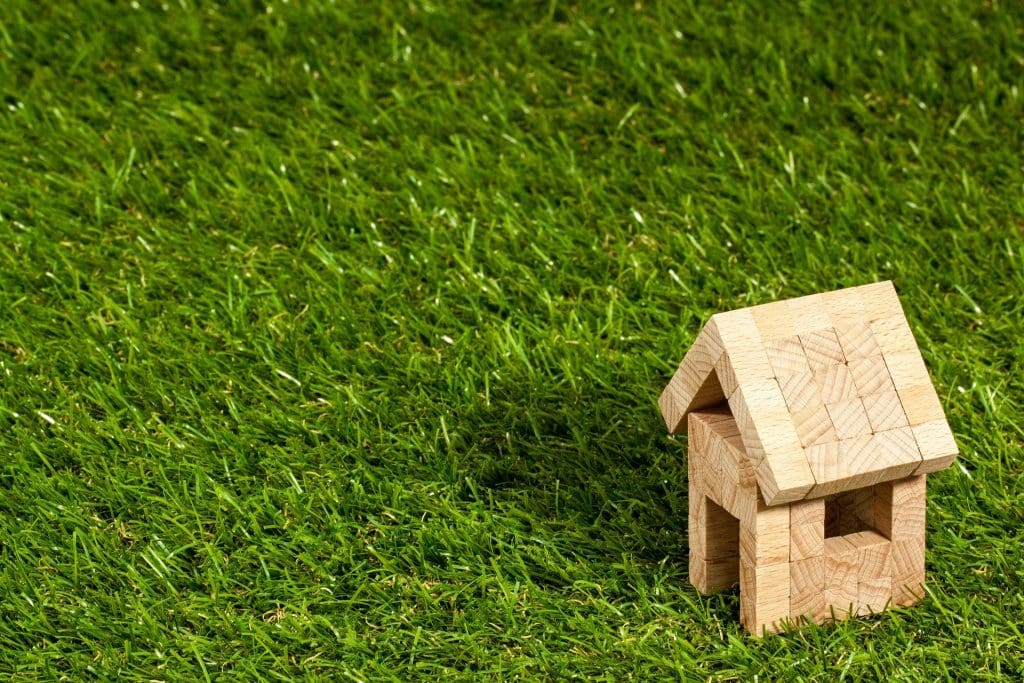
Amazing Additions For Your Custom Home Design
Sustainable and universal homes are the trend nowadays as more and more homeowners gravitate towards eco-friendly, multigenerational housing designs when building or remodeling. These concepts are especially popular among the younger generation who are keen on cutting household expenses and or plan on having their aging parents move in with them.
As it turns out, homes that are built for “aging in place” are embraced not just by seniors. Many young adults are seeing the value of using the principles of sustainable and universal designs to build safer and more convenient dwellings that also contribute to preserving the environment.
If you’re all about creating a more accessible and eco-friendlier place to live in, here are designs and home features ideas worth discussing with your custom home builder.
Rethinking the space to improve access
Traditional home designs tend to feel cramped and restrictive with its many small rooms, long hallways, and narrow staircases; features that, while sometimes aesthetically pleasing, reduces mobility around the house.
Modern homeowners find contemporary designs, using open floor plans for the kitchen and living areas, provide better access to different rooms of the house, and make entertaining guests so much more convenient.
Aside from open-space designs, non-slip, heated flooring, and spacious bathrooms with comfort-height toilets have also become the norm and is one of the must-have features of a universal home.
Stylish and functional organization solutions
A well-organized home creates a place for everything while using less storage space. Smart organization often requires paying attention to smaller details and thinking of better ways to use a space. It could be something as small and simple as installing outlets in or close to your most frequently-used counters and drawers or redesigning your shelves and closets, so they’re easier to reach, take up less room, and don’t impede movement.
If your cabinets aren't fitted in and under lighting yet, you should seriously consider doing so. You can choose from either adhesive strip lighting or built-in options. While the latter tend to be brighter, both choices make for useful and rather charming features to storage spaces.
Adding a statement glass – or several
When it comes to home décor, nothing makes quite a statement better than statement glass. Glass walls. Giant single-pane windows and sliding doors are some of the best and most effective ways to blend indoors and outdoors together. But glass elements do much more than offering a more tangible connection with nature; they also increase and improve the amount of natural light entering the room.
When considering options for your statement doors or windows, go for glass products that won’t hurt your home’s energy efficiency. Passive house doors and windows are excellent for keeping the warmth in.
Living walls and green roofs
Many homeowners plant trees, flowers, and hedges for their aesthetic contributions. They sometimes fail to realize that doing so also improves the air quality in and around their homes.
Nowadays, however, more and more people are becoming aware of the health and environmental benefits of having plants at home – not just flowers, trees, and house plants but living greens as well.
Green roofs and living walls are two of the most exciting and well-loved ideas in sustainable home and building designs. And if you're eager to take your home's sustainability to the next level, these are definitely worth a try!
Living walls make use of a system that creates a healthy growing environment for plants and allows them to grow on virtually any interior surface. Green roofs, on the other hand, are built to hold plants and retain water, to keep the home cool and well-insulated. While they are more common in buildings and condominiums, the design can be incorporated into residential homes as well.
Smart homes with better security
On the onset, these may seem like an unnecessary expense. Still, you have to rethink your position on adding more "technology" in your home if you genuinely want a safe, convenient, and sustainable home for yourself and your family.
Automating your home should be well worth the financial investment as these smart additions keep many of your home’s energy-wasting processes in check, thus reducing your overall energy consumption.
A smart thermostat, for example, can be programmed to adjust the temperature inside your home based on the time of day or the time you spend at home. You can also install smart blinds, which close themselves in the middle of the day, to block the sun’s heat and regulate indoor temperature.
As you invest in a smarter home, however, do not forget about safety. Consider some of the more advanced home security options, many of which are capable of different types of danger and can be accessed or monitored remotely.
There are also hands-free and voice-activated devices that allow seniors to perform basic tasks (playing music, making calls, and controlling smart home appliances, etc.) so they don't have to get up and risk falling or getting into accidents.
Better home security and automation aren't just about convenience, though. The ultimate goal is to create a safer, hyper-efficient home that gets easier and easier on the wallet over time.
What's truly surprising – and pleasing – about these rise of these design trends is finding out just how many young adults are starting to think ahead, incorporating sustainable and universal building principles into their homes to prepare it for the future. While ideas for more sustainable homes are relatively new, and the concept of “aging in place” even newer, they have caught the attention of many homeowners. They are catching fast to more established home designs.
About the Author
Victoria Grace is the Content Specialist for Nucleus Construction, a Phoenix-based company that specializes in remodeling and building custom homes. When not writing, she enjoys reading books and riding her motorcycle.
